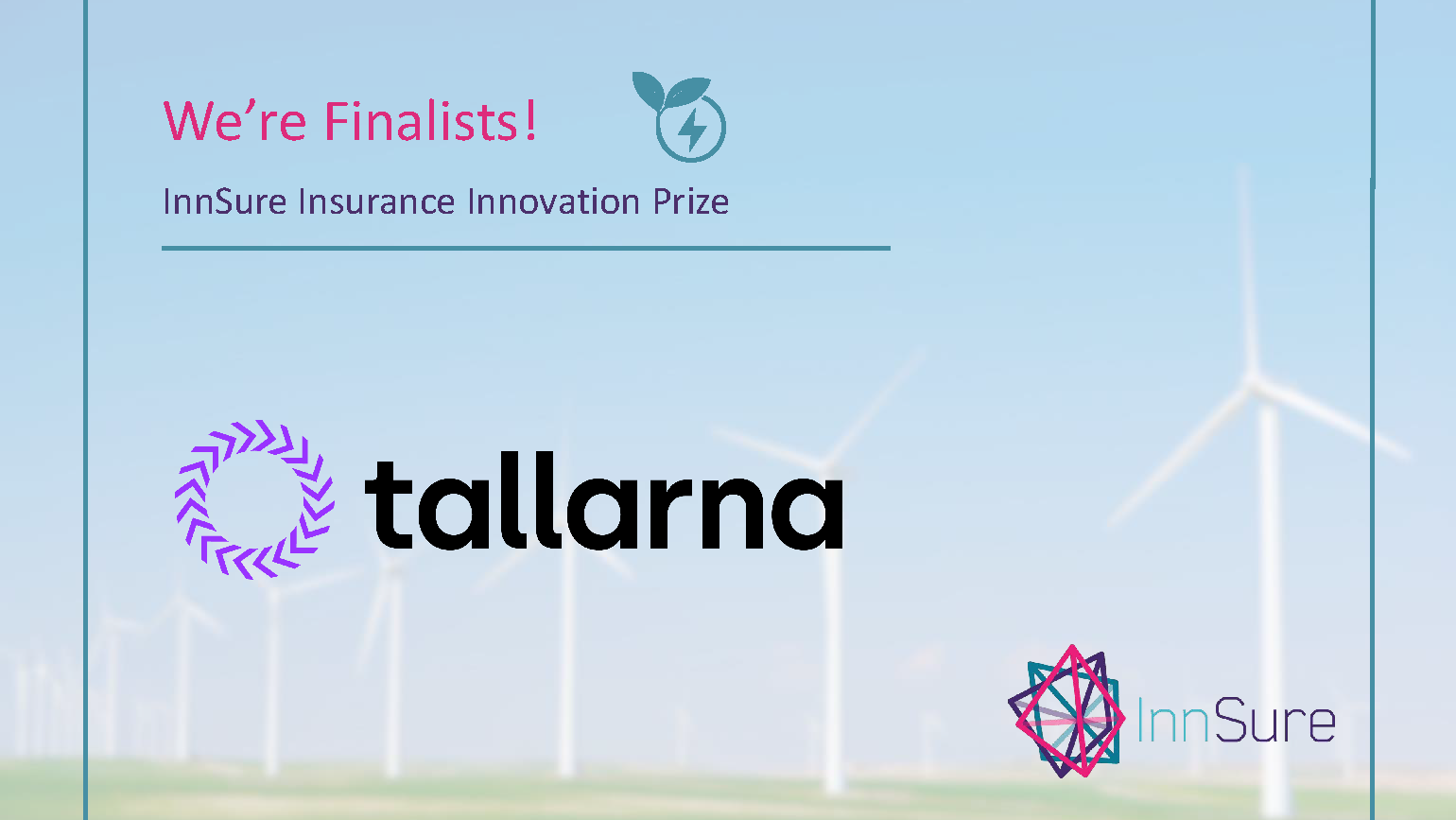
Meet Declan, Associate Director of Decarbonisation at Tallarna
How is Tallarna using software to stimulate the retrofit supply chain? What demand levers can we leverage to increase projects’ scope? And how can we accelerate stakeholder buy-in? Meet Declan, Tallarna’s Associate Director of Decarbonisation, to find out.
How would you describe your job to someone you’ve just met?
Day-to-day, I engage with Social Housing Providers (SHPs) and Commercial & Industrial (C&I) occupiers on how to decarbonise their buildings. This involves understanding their short, medium, and long-term goals and then creating a delivery strategy that results in projects that are financeable, environmentally impactful, and socially meaningful.
To develop holistic delivery strategies, I collaborate with a range of stakeholders across the supply chain – from technical consultants’ Heads of Sustainability and suppliers’ MDs to Tallarna’s R&D team and of course, our customers’ finance, asset management, and retrofit teams. My engineering background comes in handy here as I can connect technical solutions to their process flows and financial implications. This enables me to bring together the right people at the right time to accelerate action.
How does Tallarna streamline projects and support stakeholder buy-in?
We help customers and partners gain a clear line of sight to their most impactful decarbonisation actions – empowering an efficient route to execution.
Tallarna uses software to connect different stakeholders across the net zero journey, create projects that meet their priorities, and deliver ‘Decarbonisation-as-a-Service’. Our platform, KESTREL, assesses projects’ technical and financial viability, analyses their risk of underperformance, and connects to our integrated performance insurance policy. In turn, this policy is used to raise off-balance sheet private finance and support attractive project legal structuring. All of this is underpinned by an O&M service wrap. Our use of software enables us to cut to the chase of what is required and simplify sign off as everyone is aligned from the start.
Why do you think partnerships are important for the decarbonisation challenge?
Decarbonisation is both a complex challenge and an exciting opportunity, one that must draw on multiple areas of expertise for success. As such, industry organisations need to recognise which pieces of the net zero puzzle they uniquely solve and which organisations they need to collaborate with to deliver an optimal end-to-end net zero journey.
Tallarna supports landlords, residents, and C&I occupiers at every stage of the retrofit journey. Taking an ecosystem approach, we draw on our wide range of partners – from bluechip, multinational organisations to local SMEs – to enhance project development, delivery, and ongoing management. Our continued involvement throughout a project’s lifecycle drives consistency and transparency. This allows customers to progress with works, safe in the knowledge that in the background, we are managing all the complexity.
What’s the most innovative thing you’ve done at Tallarna that people might not know about?
I’m working with a partner to backsolve what price points and performance we need to get to to make certain retrofit technologies feasible for at scale rollout. The outputs of this software-led analysis will be used to engage the supply chain and encourage investment in its increased capacity. A core part of this will involve leveraging our combined live pipelines to evidence the demand for these technologies in the medium to long-term. In doing so, we will translate a desktop exercise to real-life impact.
This engagement flips the way people use our software on its head. Instead of creating a retrofit project based on a certain number of properties and measures before calculating its capital costs, energy savings, payback time, private finance availability, and risk rating, we start by saying: “This is the financeability and insurability metric we want from a given technology for a given project, what demand levers can we flex to optimise supply chain cost and performance? Where should the supply chain be investing based on the industry’s pipeline? And how can we create a positive feedback loop using these optimal prices and performance to stimulate better project financing terms?”
The implications of this workstream are game-changing. By engaging building owners, landlords, insurers, funders, engineers, technology providers, and delivery partners on one software platform – and, crucially, getting them to speak to each other in terms they understand – we are delivering a mechanism that accelerates financeable, at scale retrofits.
What’s an example of climate innovation that you’ve noticed recently?
I’m excited by the concept of hybrid roofs. They combine a blue roof (which attenuates rainwater), a green roof (which allows plants to grow), and onsite renewables (such as solar panels and batteries). Together, this creates a single space that simultaneously supports the efficient reuse of rainwater while mitigating flooding, augmenting biodiversity, and generating clean energy.
Hybrid roofs have already been rolled out across many organisations, including at the University of Cambridge. Tallarna is currently exploring how we can support such initiatives and hope to be live with one soon.
What motivates you?
I’m motivated by both the scale of the decarbonisation challenge and the opportunities it offers. I see Tallarna as a key part of the solution, bridging the gap between financial providers on one side and technical advisers & their customers on the other. The result? Day one energy bill savings for social housing residents and C&I occupiers alongside a meaningful reduction in carbon emissions.
For more information on anything raised in this blog, please email press@tallarna.com.


